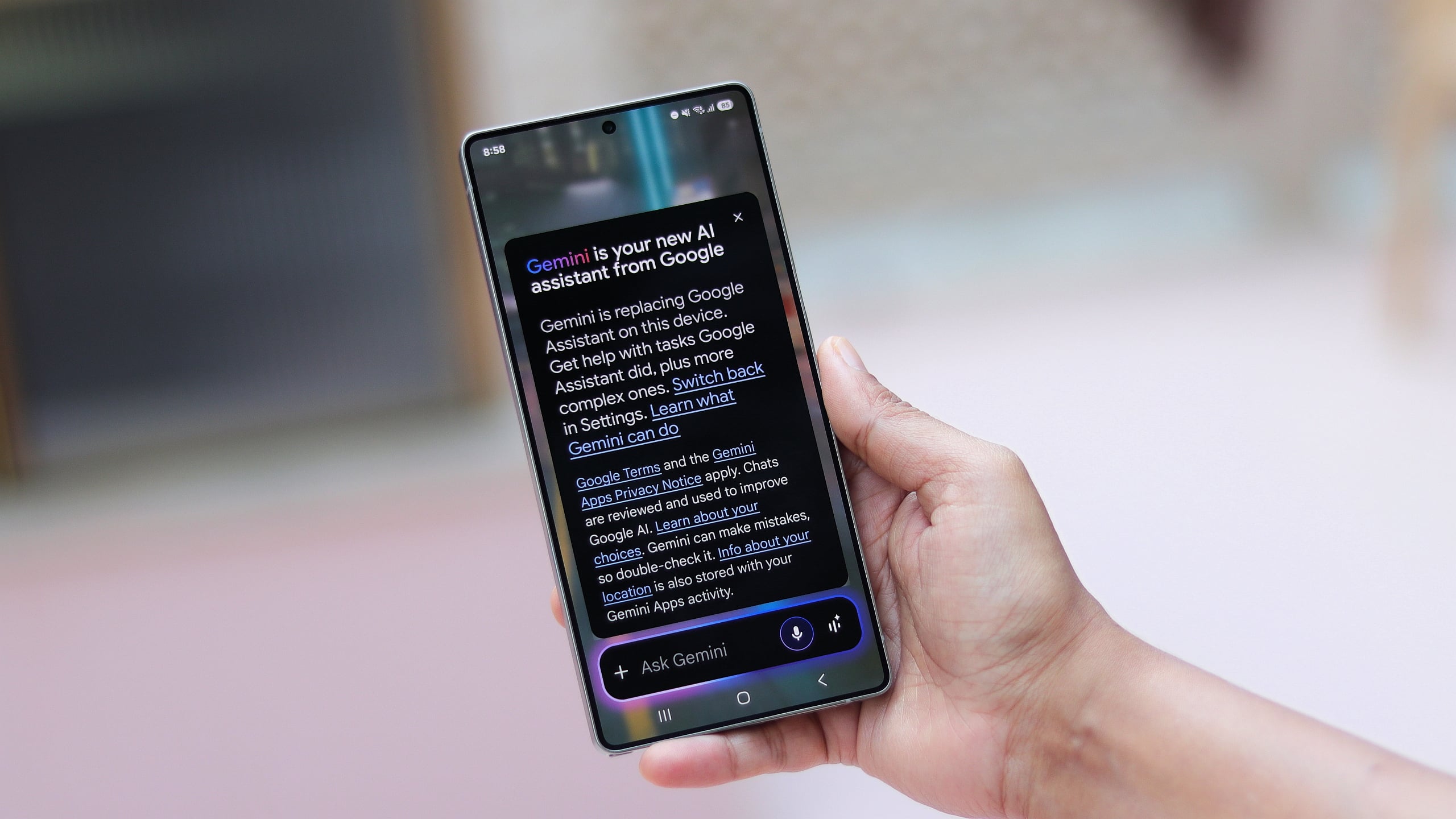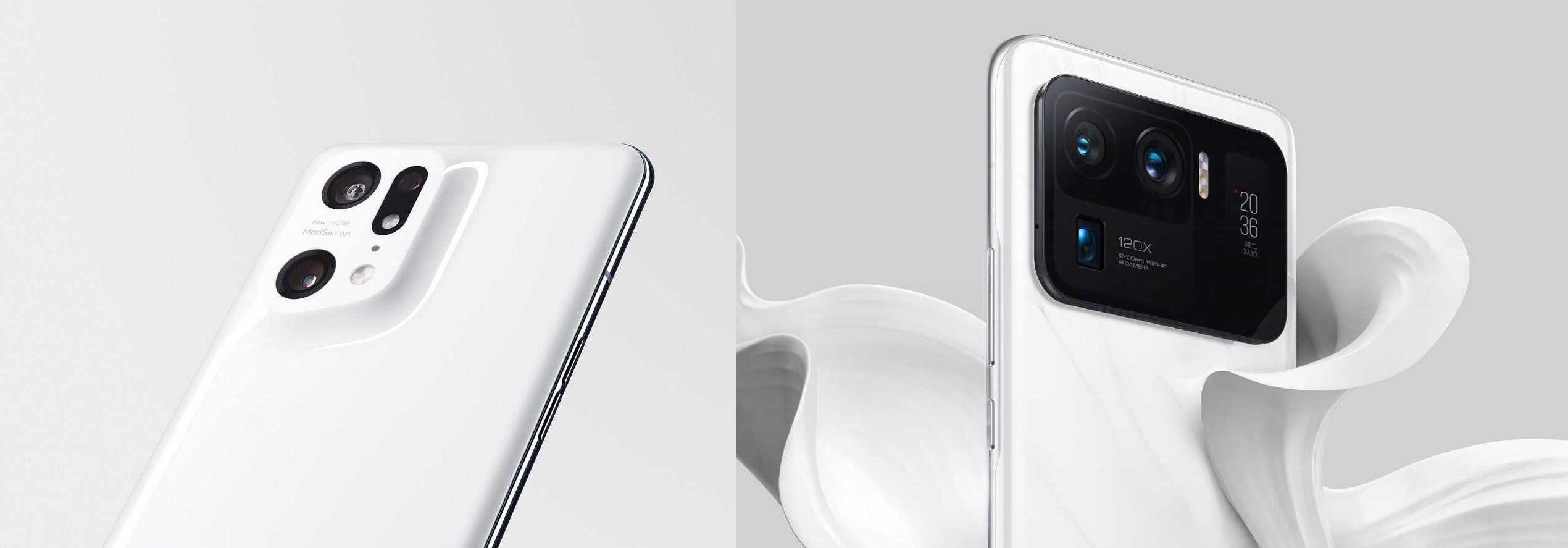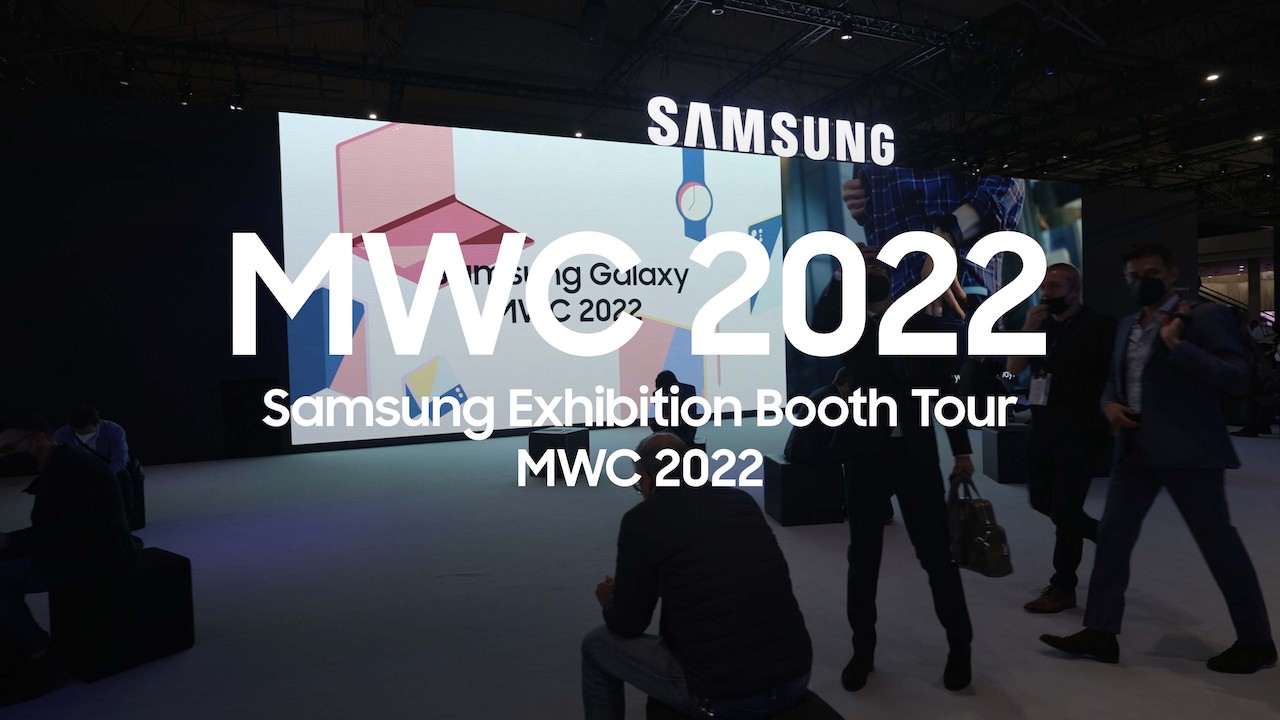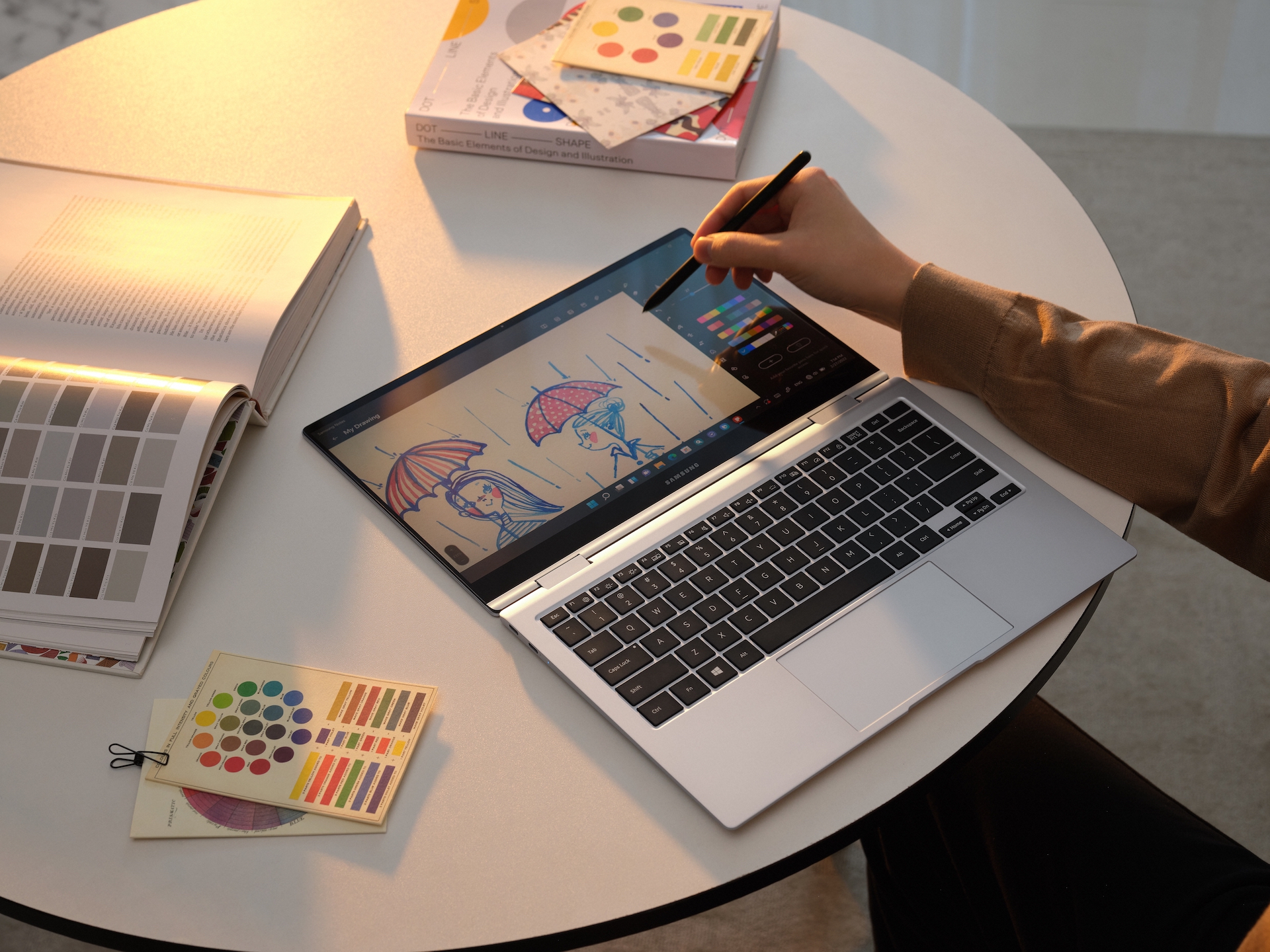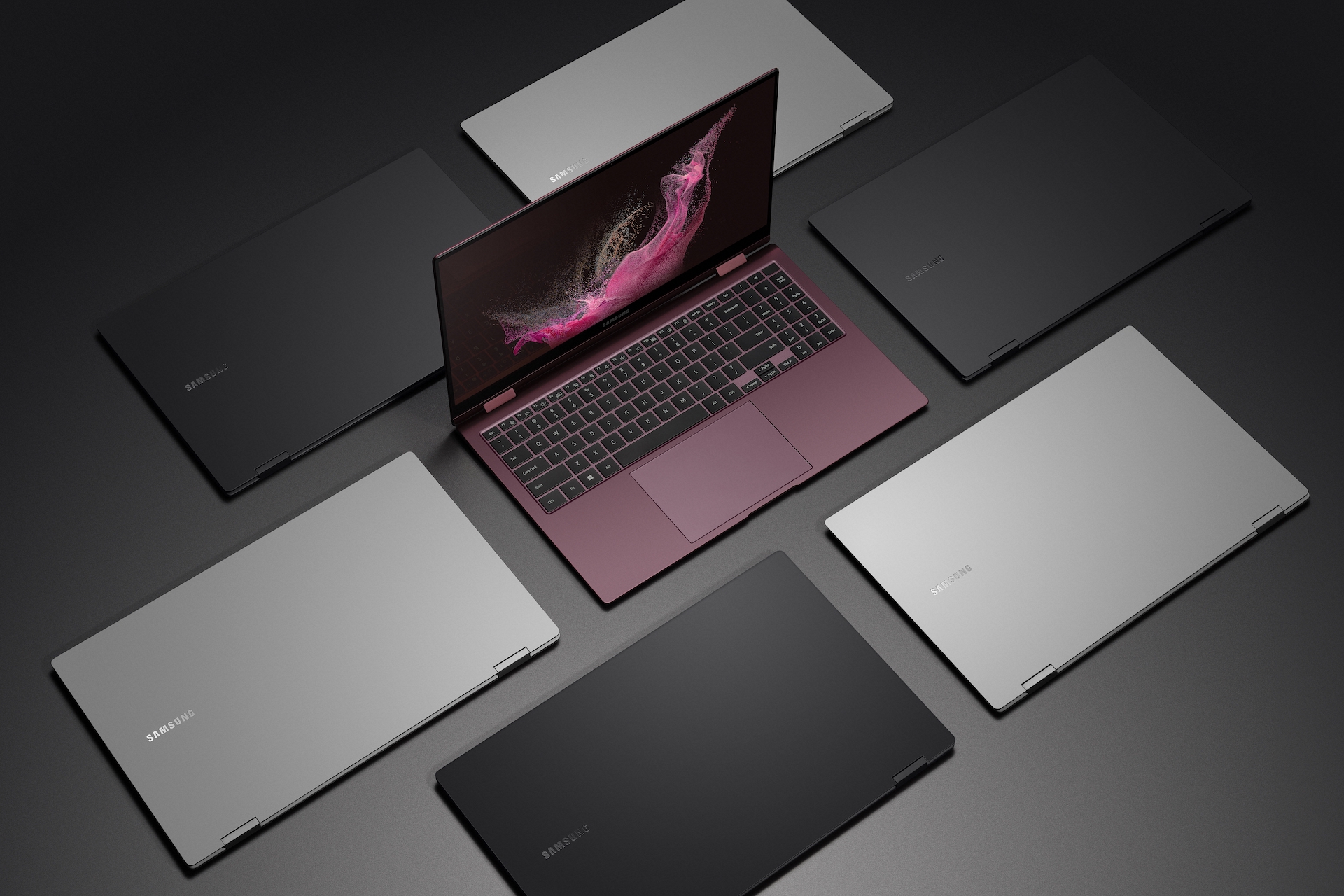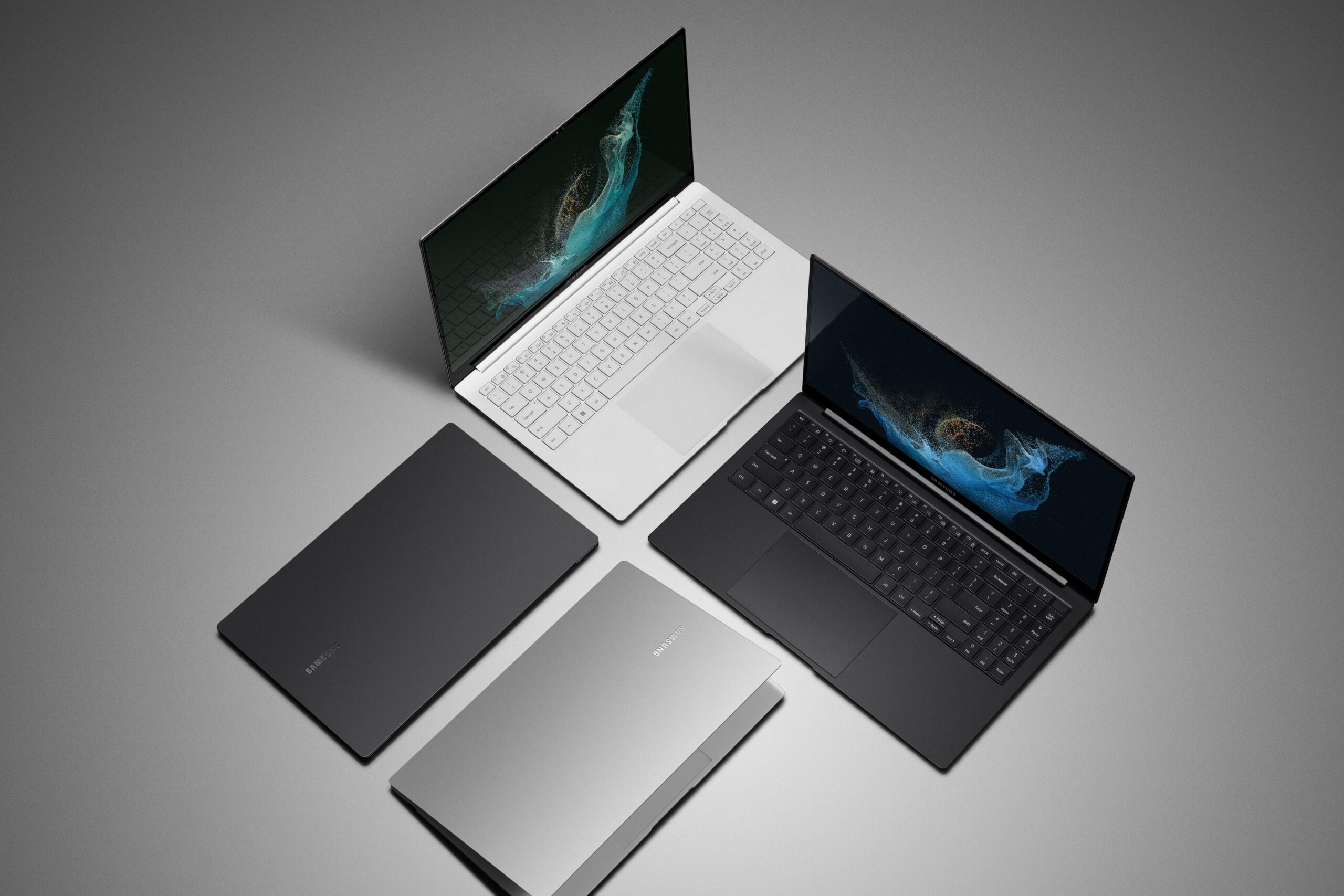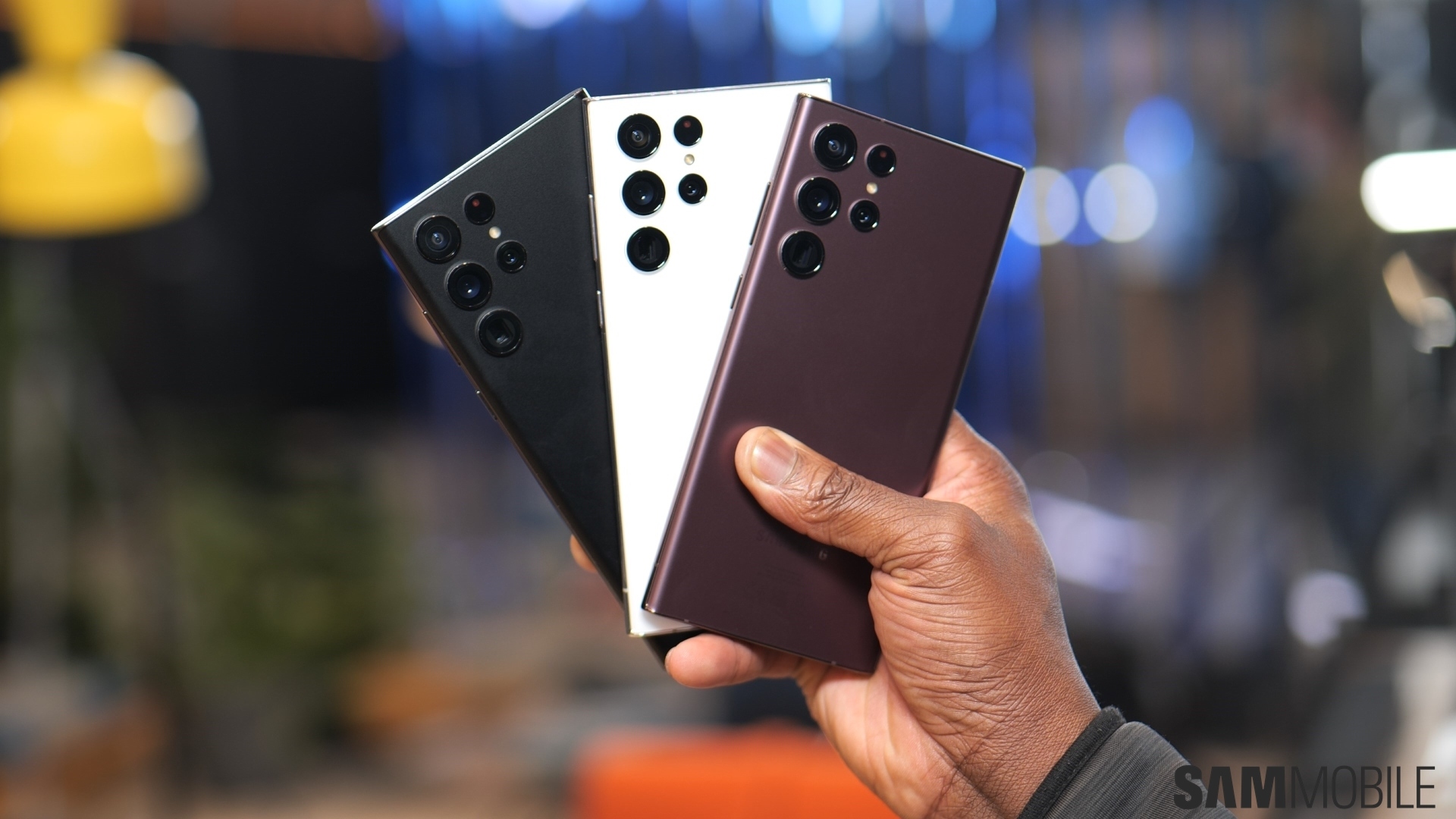
They have made progress. Chinese smartphone manufacturers have been able to shake off the stigma attached to their devices. Their phones are no longer considered substandard and disposable. They may not boast legendary longevity but they won't be dying out on you within a few months.
Initially, the strategy was seemingly focused on undercutting competitors' prices. The specs you'd find in a $700 Galaxy smartphone would be offered in a Chinese device that cost half that. These devices wouldn't look or feel premium by any stretch of the imagination, but they were able to capture the masses, particularly in emerging markets.
That's one of the reasons why Samsung has been working very hard to secure its market share in markets across Asia and South America. Chinese manufacturers have been able to quickly establish themselves in price-conscious markets. Their aggressive approach was pricing out competitors like Samsung from the market.
However, there has been a shift in recent years. Chinese OEMs have increasingly been launching premium devices in a bid to level the playing field with the Samsungs of the world. While they had a much easier time in the race to the bottom, the opposite hasn't really been easy.
I've had the opportunity to sample some of the best offerings from top Chinese OEMs like Xiaomi and Oppo at MWC 2022 in Barcelona. Almost all devices have something in common: They look and feel cheap.
Even as these OEMs continue to push prices higher for their flagship devices, the value proposition doesn't make sense. This device can't hold a candle to what you can get from Samsung or even Apple. I understand that visualizing this will be difficult for a lot of people, particularly those in North America, where these Chinese OEMs don't operate at their full potential.
As a truly global player, Samsung has distilled down the process of making a premium device into an art form. Every year, it knocks out multiple devices that are designed to particularly appeal to customers in the west. The great response it subsequently gets from the market is a testament to that.
Samsung has struck the right balance between consistency and improvement. Each new flagship series gets design improvements that are consistent with the previous generation. That's something customers appreciate. Samsung's work on smartphone design has been outstanding and it's evident that they have raised the bar.
Its Chinese competitors will try one thing first and then completely switch the design language in the next generation. There also seems to be less focus on the build materials which lends to the overall perception of their look and feel.
The Oppo Find N is one such example. This was developed as a competitor to Samsung's foldable smartphone. Despite its late arrival, it feels quite like the original Galaxy Fold than the robust Galaxy Z Fold 3.
Samsung's first foldable smartphone was more of a proof of concept. It did have problems out the gate and wasn't widely launched. On the other hand, the Galaxy Z Fold 3 is almost perfection. So the Oppo Find N may cost less than its rival, but it's not even in the same league.
This is something that Chinese manufacturers will have to pay close attention to, particularly if they want to become bigger in the western markets. Will that be enough, though? That's unlikely because Samsung is also outsmarting rivals in another field.
Samsung offers unmatched software support for its devices. All flagships and select mid-rangers will get four Android OS upgrades. There's also the promise of five years of security updates. This isn't something even Google is doing right now. So customers who tend to keep their phones for long will be at an advantage with a Galaxy phone.
Does that mean everything's fine and dandy at Samsung? It goes without saying that Samsung is the Android king. Nobody ships the insane number of devices that it does. The Chinese OEMs might be able to knock it off the top spot in some markets. That may be largely due to Samsung not getting its messaging right, thereby preventing it from truly educating customers on why it's better to buy a Galaxy phone.
The sense of community is greater with Samsung. There's more loyalty there and there's genuine respect for the brand. This takes years to build and Samsung has done that beautifully. So should Samsung worry that the Chinese OEMs are upping the ante?
I feel Samsung is on the right track. Its emphasis on the Galaxy ecosystem now will serve as additional protection against the competition. What it needs to improve on is how it engages with customers. The storytelling behind why buying a Samsung device is the best decision you can make still has a lot of room for improvement.




